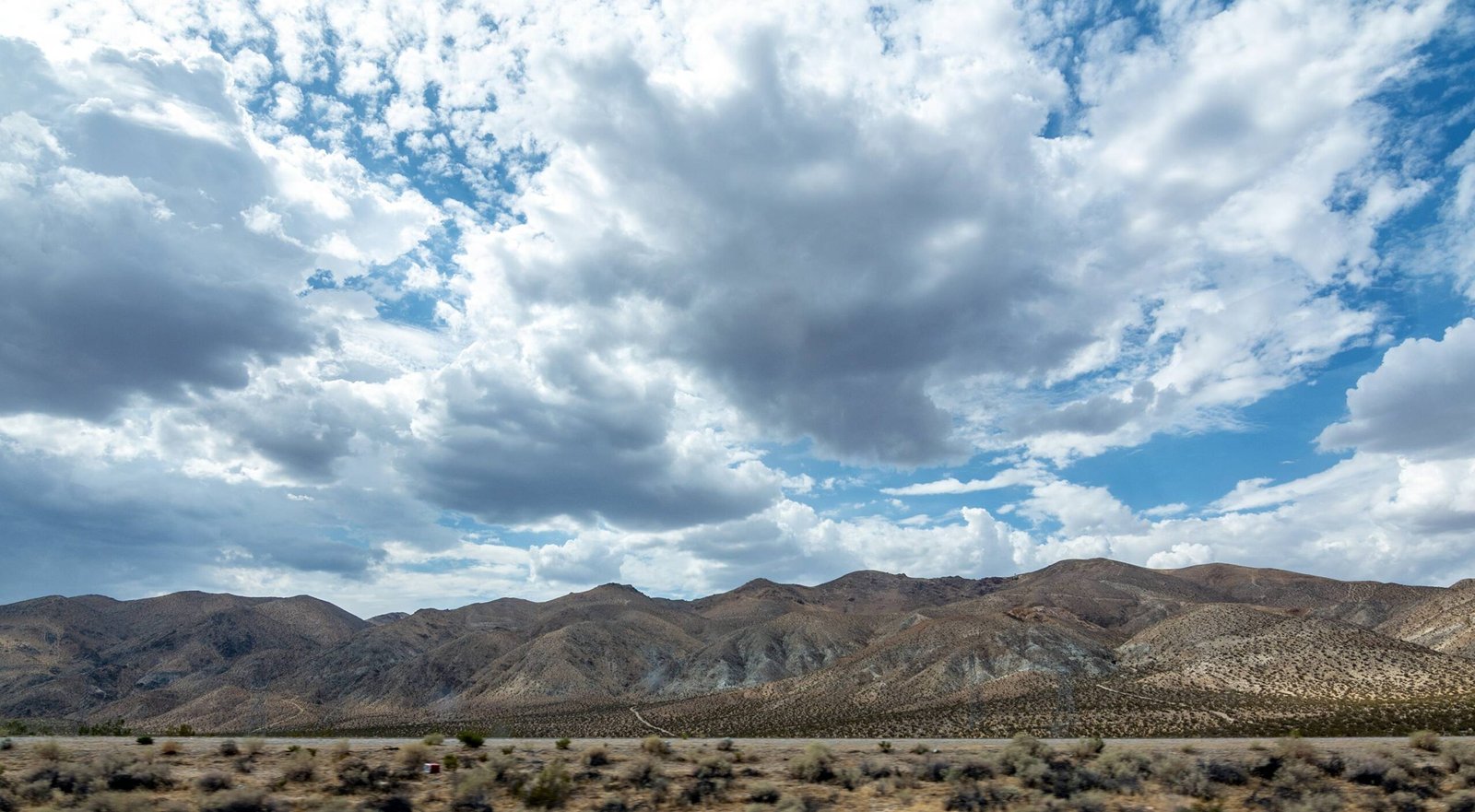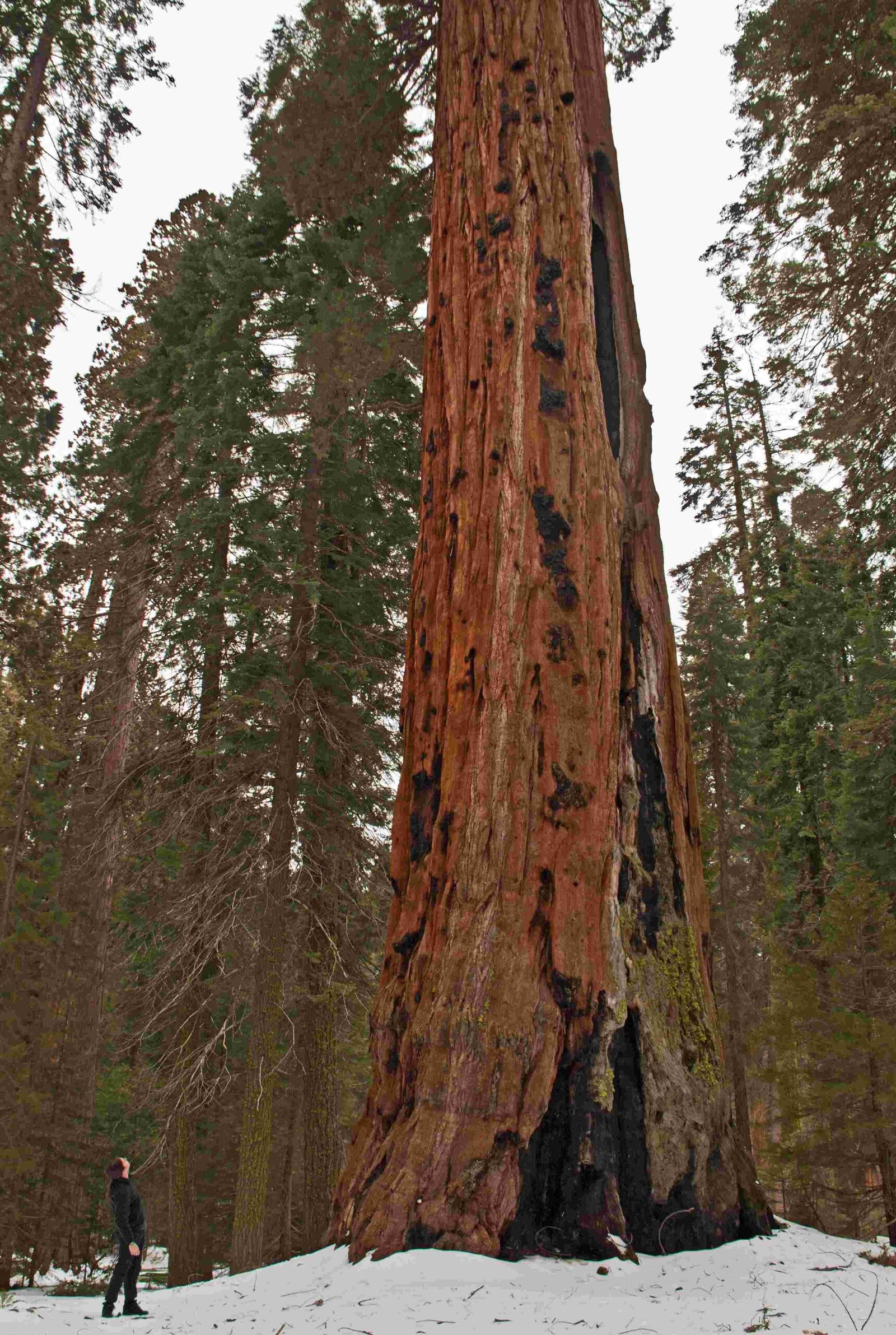Sequoia National Park is home to a rich and diverse array of animal life, spanning from the foothills to the alpine zones. The park’s varied ecosystems support over 300 species of vertebrates, including mammals, birds, reptiles, and amphibians. From iconic black bears to endangered Sierra Nevada bighorn sheep, the park’s wildlife offers visitors a chance to observe and appreciate nature’s biodiversity in its pristine habitat.
What Animals Can You Find in Sequoia National Park?

Sequoia National Park boasts an impressive variety of animal species across its different elevation zones:
- Mammals (72 species)
- Black bears
- Mountain lions
- Mule deer
- Sierra Nevada bighorn sheep
- American pika
- Gray squirrels
-
Golden-mantled ground squirrels
-
Birds (Over 200 species)
- Western tanager
- Violet-green swallow
- White-throated swift
- Wilson’s warbler
-
Pileated woodpecker
-
Reptiles (21 species)
- Mountain kingsnake
- Rubber boa
- Western fence lizard
-
Alligator lizard
-
Amphibians (14 species)
- California newt
- Mountain yellow-legged frog (endangered)
How Do Different Habitats Support Animal Life in Sequoia National Park?

The park’s diverse ecosystems provide unique habitats for various animal species:
Foothills
- Habitat: Oak woodlands, chaparral shrubs, and riverside vegetation
- Animals:
- Gray fox
- Bobcat
- Striped and spotted skunks
- Woodrat
- Pocket gopher
- California quail
- Scrub jay
- Gopher snake
- California kingsnake
Montane Forests and Meadows
- Habitat: Mixed forests of pine, incense-cedar, fir, and giant sequoia groves
- Animals:
- Chickaree
- Black bear
- Mountain lion
- Mule deer
- Western tanager
- Pileated woodpecker
Subalpine and Alpine Areas
- Habitat: High country with lakes, meadows, open forests, and granite areas
- Animals:
- Marmot
- American pika
- White-tailed jack rabbit
- Clark’s nutcracker
- Mountain bluebird
- Sierra Nevada bighorn sheep (endangered)
- Mountain yellow-legged frog (endangered)
Which Animal Species in Sequoia National Park Are Endangered?
Several animal species in Sequoia National Park are listed as threatened or endangered:
- Sierra Nevada Bighorn Sheep
- Status: Endangered
- Habitat: High-elevation areas
-
Conservation: Ongoing restoration efforts
-
Mountain Yellow-legged Frog
- Status: Endangered
- Habitat: High-elevation lakes and meadows
-
Conservation: Focused on habitat protection and population recovery
-
American Pika
- Status: Some subspecies are vulnerable
- Habitat: Talus slopes in the alpine zone
- Conservation: Monitoring and habitat protection
What Are the Unique Behaviors of Animals in Sequoia National Park?
Animals in Sequoia National Park exhibit fascinating behaviors adapted to their environment:
Mating Rituals
- Mountain bluebirds: Elaborate aerial displays during courtship
- Mule deer: Bucks engage in antler-to-antler combat during rutting season
Foraging Habits
- American pika: Collects and dries plant material for winter food storage
- Black bears: Opportunistic omnivores, foraging for berries, insects, and occasionally small mammals
Seasonal Movements
- Mule deer: Migrate to lower elevations during winter for better food access
- Black bears: May hibernate in higher elevations during winter months
How Do Seasonal Changes Affect Animal Life in Sequoia National Park?
Seasonal changes significantly impact animal behavior and distribution in the park:
| Season | Animal Activity |
|---|---|
| Spring | – Birds return from migration – Bears emerge from hibernation – Mule deer move to higher elevations |
| Summer | – Peak activity for most species – Breeding season for many birds and mammals |
| Fall | – Animals prepare for winter – Mule deer rut begins – Bears increase foraging activity |
| Winter | – Many species migrate or hibernate – Adaptations like thick fur and camouflage help winter-active animals |
What Conservation Efforts Are in Place for Sequoia National Park’s Animal Life?
Sequoia National Park implements various conservation strategies to protect its diverse animal life:
- Habitat Protection
- Preserving natural ecosystems
-
Controlling invasive species
-
Species-Specific Programs
- Sierra Nevada bighorn sheep restoration
-
Mountain yellow-legged frog recovery efforts
-
Research and Monitoring
- Tracking population trends
-
Studying climate change impacts on wildlife
-
Visitor Education
- Promoting responsible wildlife viewing
-
Teaching about human-wildlife conflict prevention
-
Collaboration
- Partnering with other agencies and organizations for wildlife conservation
By understanding and appreciating the diverse animal life in Sequoia National Park, visitors can contribute to the preservation of this unique ecosystem for future generations.
References:
1. Animals – Sequoia & Kings Canyon – National Park Service
2. A Natural Resource Condition Assessment for Sequoia and Kings Canyon National Parks
3. Anthropogenic Climate Change in Sequoia and Kings Canyon National Parks

